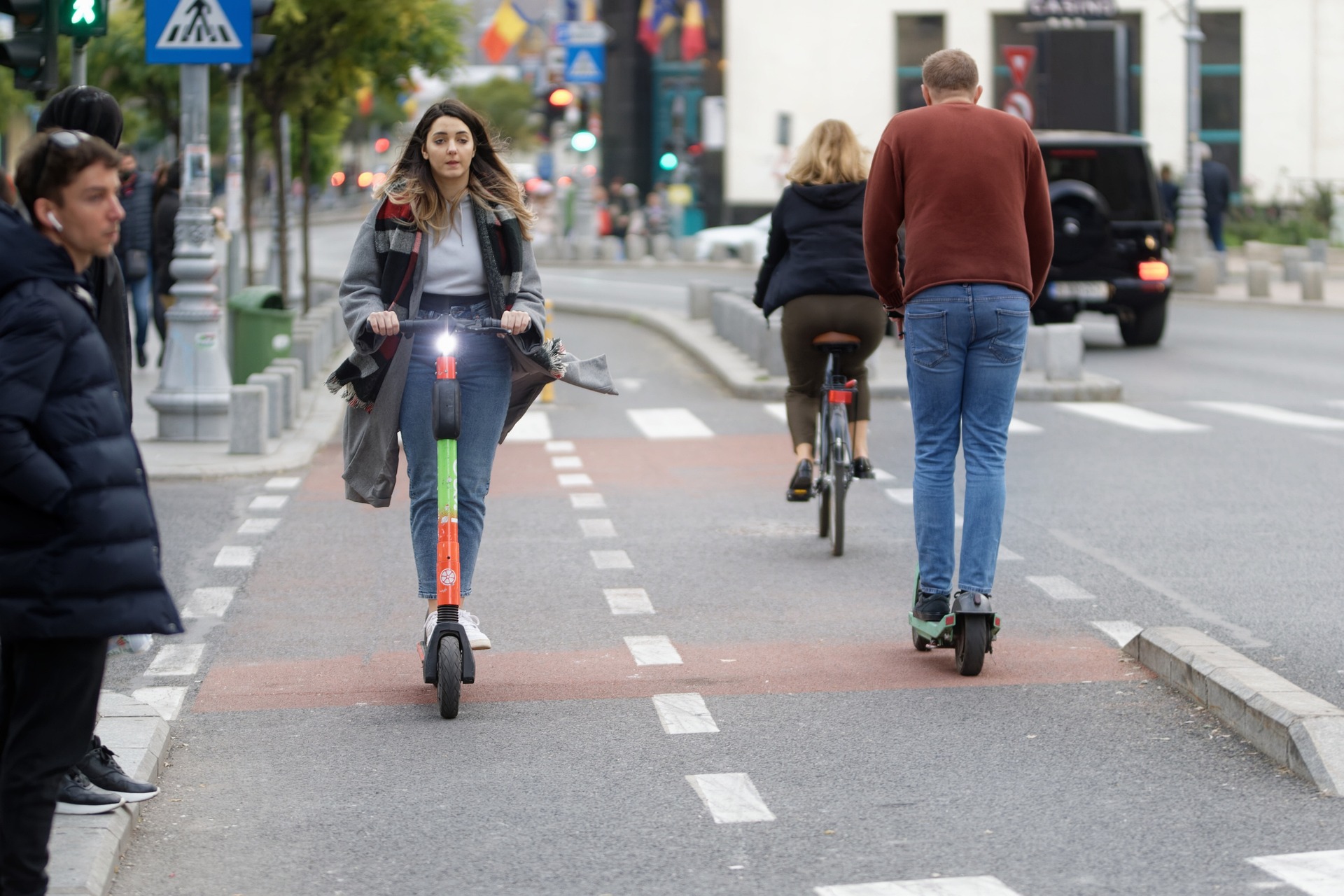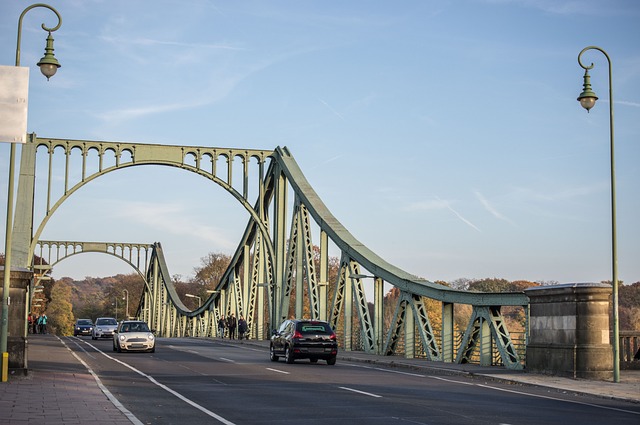Pedal-Powered Paradises: The Rise of Bicycle-Friendly Cities
Imagine cruising down a dedicated bicycle lane, the wind in your hair, as you effortlessly navigate through a bustling metropolis. The gentle hum of your bicycle's wheels harmonizes with the urban symphony around you. This isn't a cyclist's daydream – it's the reality in an increasing number of cities worldwide. As urban planners and policymakers recognize the myriad benefits of cycling, from reduced traffic congestion to improved public health, bicycle-friendly cities are emerging as the vanguard of sustainable urban development.

These pioneering cities implemented comprehensive networks of dedicated bike lanes, traffic-calming measures, and bicycle parking facilities. Their success sparked a global movement, inspiring urban planners worldwide to reimagine city layouts with cyclists in mind. Today, bicycle-friendly cities are characterized by extensive cycling networks, bike-sharing programs, and policies that encourage cycling as a primary mode of transportation.
The Copenhagen Model: A Blueprint for Success
Copenhagen stands out as the quintessential bicycle-friendly city, often dubbed the “City of Cyclists.” Its transformation began in the 1970s when oil crises and environmental concerns prompted a shift away from car-centric urban planning. The city invested heavily in cycling infrastructure, creating a vast network of protected bike lanes, cycle tracks, and bicycle highways.
The results have been nothing short of remarkable. Today, over 60% of Copenhageners commute by bicycle, and the city boasts more bicycles than cars. The Copenhagen model demonstrates how thoughtful urban design can normalize cycling, making it a safe, convenient, and attractive option for people of all ages and backgrounds.
Technology and Innovation in Bicycle-Friendly Cities
As cities strive to become more bicycle-friendly, technology is playing an increasingly important role. Smart traffic lights that prioritize cyclists, GPS-enabled bike-sharing systems, and apps that help cyclists navigate the safest routes are just a few examples of how technology is enhancing the cycling experience.
In Barcelona, for instance, the Bicing bike-sharing system uses a network of smart docking stations and a user-friendly app to make short-term bike rentals seamless and convenient. Meanwhile, cities like Utrecht in the Netherlands are experimenting with heated bike lanes to prevent ice formation in winter, further extending the cycling season.
Economic and Social Benefits of Bicycle-Friendly Cities
The advantages of bicycle-friendly cities extend far beyond environmental benefits. Studies have shown that investing in cycling infrastructure can yield significant economic returns. Cyclists tend to shop more frequently and spend more money locally than motorists, boosting small businesses and contributing to vibrant street life.
Moreover, bicycle-friendly cities often see improvements in public health as more residents engage in regular physical activity. This can lead to reduced healthcare costs and increased productivity. The social benefits are equally compelling, with cycling fostering a sense of community and improving overall quality of life.
Challenges and Future Prospects
Despite the clear benefits, creating truly bicycle-friendly cities is not without challenges. Limited budgets, competing priorities, and resistance from car-centric stakeholders can impede progress. Additionally, cities must grapple with issues of equity, ensuring that cycling infrastructure benefits all residents, not just affluent neighborhoods.
Looking ahead, the future of bicycle-friendly cities appears bright. As concerns about climate change and urban livability grow, more cities are likely to embrace cycling as a key component of sustainable urban mobility. Emerging technologies, such as e-bikes and smart infrastructure, promise to make cycling even more accessible and appealing to a broader range of people.
Pedal-Powered Insights: Key Facts and Tips
-
The world’s longest elevated cycle path is in Xiamen, China, stretching 7.6 kilometers
-
Bicycle-friendly cities often see property values increase near cycling infrastructure
-
Copenhagen’s “Green Wave” system synchronizes traffic lights to cyclist speeds
-
Cycling regularly can reduce the risk of cardiovascular disease by up to 46%
-
When visiting a bicycle-friendly city:
-
Familiarize yourself with local cycling laws and etiquette
-
Use bike-sharing programs for short trips to save money
-
Look for guided bicycle tours to explore the city like a local
-
Pack weather-appropriate gear to stay comfortable while cycling
-
As urban populations continue to grow and cities face increasing environmental and mobility challenges, bicycle-friendly design offers a compelling solution. By prioritizing cyclists, cities can create more livable, sustainable, and vibrant urban environments. Whether you’re a seasoned cyclist or a curious traveler, exploring a bicycle-friendly city offers a unique and immersive way to experience urban life. So next time you travel, consider swapping the taxi for a bicycle – you might just discover a new perspective on city living.





